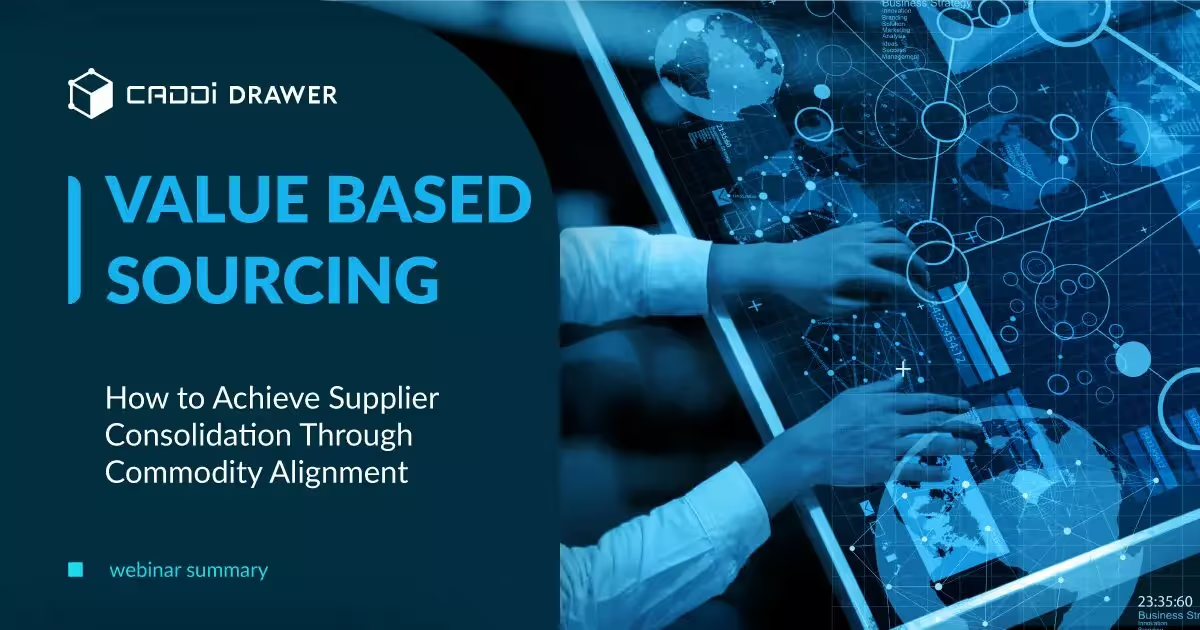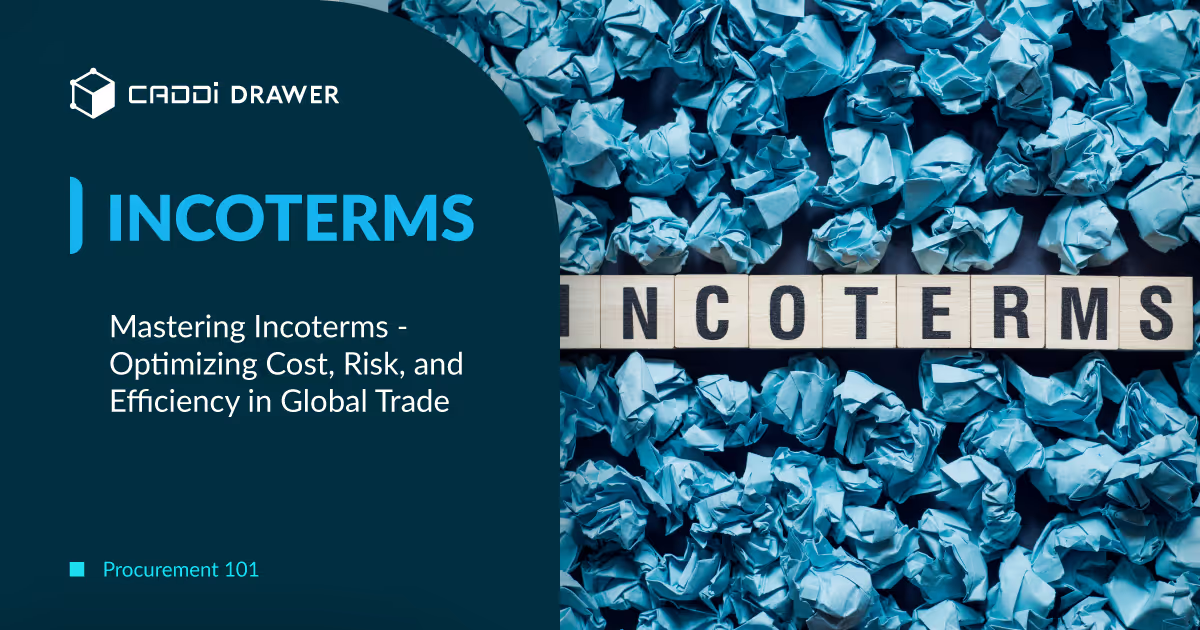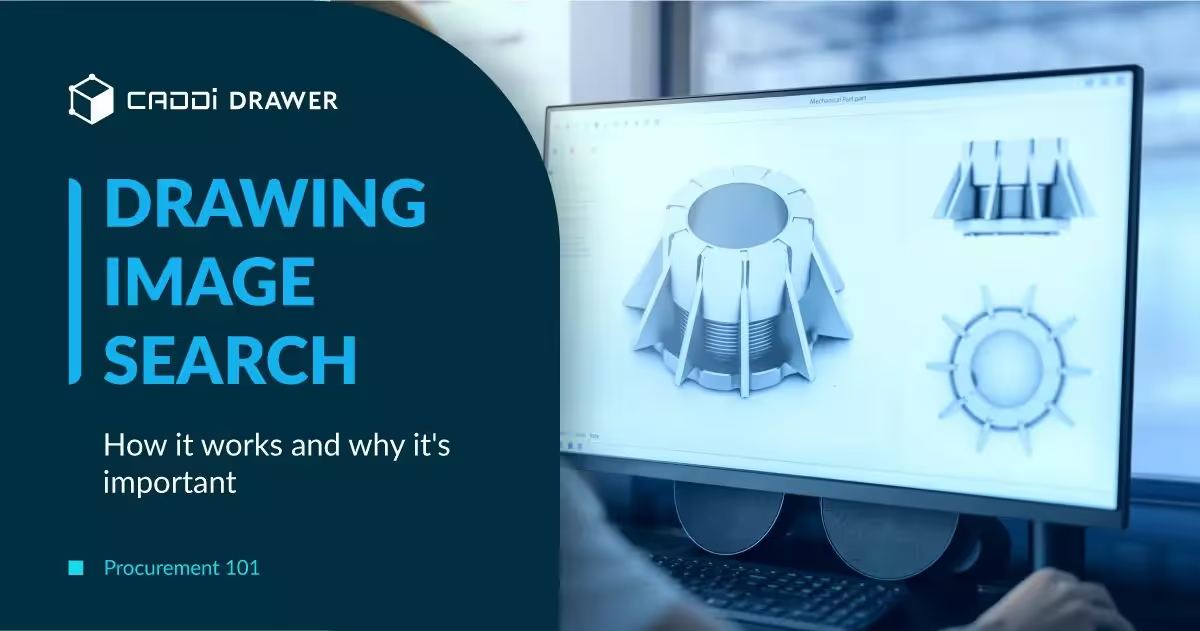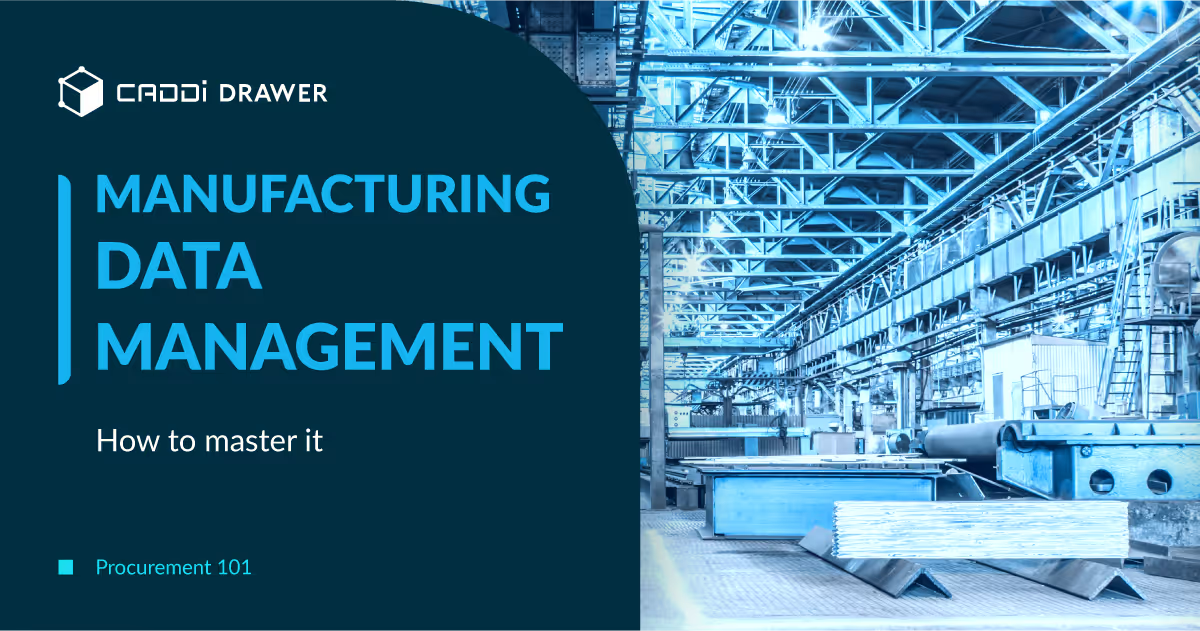How to Enhance Talent Management in Procurement Department

Table of Contents

Introduction
Talent management is critical for procurement departments in the manufacturing industry. As the team responsible for sourcing raw materials, components, equipment and services, having skilled procurement staff is imperative. Effective talent management allows manufacturing companies to build procurement teams that optimize costs, manage supplier relationships, and mitigate supply chain risks.
There are four key pillars of talent management for procurement in manufacturing:
- Recruiting people with the right industry knowledge
- Onboarding and training talent on manufacturing-specific processes
- Managing performance against cost, quality and delivery metrics
- Retaining top talent with manufacturing procurement expertise
With the increasing complexity of global supply chains and the fast pace of manufacturing, deep industry knowledge and strategic sourcing skills are more important than ever. A robust talent management program enables manufacturing companies to maximize the value their procurement teams deliver.
Recruiting Top Talent
The procurement department plays a critical role in an organization’s success. To build an effective procurement team, HR and hiring managers must source candidates with the right skills, experience, and cultural fit. Here are some strategies for recruiting top talent into procurement roles:
- Leverage employee referrals. Encourage existing employees to refer qualified candidates from their networks. Referrals tend to yield strong hires given the social ties. Offer referral bonuses to motivate employees.
- Partner with universities. Build relationships with nearby colleges and universities to source recent graduates. Attend campus career fairs, sponsor student organizations, or offer internships to get exposure to promising talent before they enter the job market.
- Use niche job boards. Post openings on job boards that specialize in procurement like Jobs in Logistics and Supply Chain or Institute for Supply Management. This targets candidates interested in the field.
- Promote opportunities. Highlight the company’s strong training programs, career development, and competitive compensation. A great employer brand attracts more applicants.
- Assess for key competencies. Develop a structured interview process that evaluates critical thinking, analytics, negotiation, and other core procurement skills. Use assessments and case studies too.
- Check technical abilities. Give tests on ERP systems, data analysis tools, and other technology used in the role. This ensures candidates have required capabilities.
- Look for transferable skills. Consider applicants from related fields like business operations, finance, or vendor management. Transferable skills can translate well into procurement.
With strategic sourcing, companies can build robust procurement teams to help drive cost savings and process improvements.
Onboarding & Training
Effective onboarding and training programs are critical for talent management in procurement departments. When bringing on new hires, it’s important to have a structured onboarding process to integrate them into the company culture, set clear expectations, and align their goals with the department’s objectives.
- Manufacturing process: Offer training on the manufacturing process from raw materials through finished goods. Give new hires plant tours to visualize how procured items are used.
- Category: Provide in-depth category training, especially for complex direct materials. Pair new hires with experienced category managers to transfer knowledge.
- Technology: Train on systems like ERP, supplier portals, PLM software, etc. Ensure new hires are proficient in the company’s procurement technology.
- Regulations: Manufacturing has many compliance and regulatory requirements. Thoroughly train new procurement staff on quality standards, testing protocols, documentation needs, etc.
- Operations: Explain contract manufacturing, outsourcing, and global sourcing strategies. Help new hires understand how the company approaches make vs. buy decisions.
Performance Management
In manufacturing procurement, performance management should focus on key metrics like cost savings, quality, on-time delivery, and inventory reduction.
Set specific, measurable, achievable, relevant and time-bound (SMART) goals aligned to department objectives. Goals should stretch capabilities but remain realistic.
- Tie individual goals to specific category strategies and manufacturing objectives. For example, target a certain defect rate reduction or landed cost decrease.
Provide frequent, informal feedback through one-on-one meetings. Give positive reinforcement for successes and constructive guidance on development areas.
- Analyze employee performance on contract negotiations, spot buys, cost avoidance and other tactical indicators. Compare to industry standards.
- Review supplier scorecards and price/cost benchmarking in performance discussions. Hold procurement staff accountable for managing supplier performance.
- Include new product introduction (NPI) success, value analysis/engineering (VA/VE) workshops, and other procurement-led innovation metrics in reviews.
Link performance to incentives like bonuses, raises or promotions. Top performers should be rewarded.
Address underperformance promptly. Have candid conversations to understand issues. Provide coaching and training. Realign goals if needed. Consider moving employees if roles are not a fit.
Retention Strategies
Retaining top talent is crucial for procurement departments to operate efficiently and effectively. Some key retention strategies include:
Recognition
- Provide regular feedback and praise. Recognize employees’ accomplishments, big and small.
- Implement peer-to-peer recognition programs where employees can nominate each other for going above and beyond.
- Celebrate wins and milestones with team events or rewards.
Competitive Compensation
- Benchmark and evaluate compensation regularly to ensure it is competitive.
- Consider performance-based bonuses, profit-sharing, or other incentive pay.
- Offer competitive health/dental benefits, retirement matching, and other perks.
Career Development
Career paths in manufacturing procurement often progress from entry-level buyer or analyst roles up to category manager, procurement manager, and director/VP positions.
Entry-level roles focus on tactical buying, order management, and supplier coordination. Aim to develop foundational knowledge of manufacturing processes, key commodities and procurement systems.
Category managers oversee specific product groups, component families, or service categories. In manufacturing, there are often separate managers for direct and indirect procurement. Category managers lead strategic sourcing, negotiations and supplier relationships for their spend areas.
Procurement managers have broader responsibility for a procurement team, processes and systems. They oversee several category managers. In this role, focus on more strategic initiatives like global sourcing, procurement technology implementation and talent development.
At the director or VP level, responsibilities expand to overseeing the entire manufacturing procurement function, aligning procurement strategy with business objectives, and managing multi-million dollar budgets. Executives shape the company’s overarching supply chain and manufacturing strategies.
To advance in a manufacturing procurement career:
- Develop deep expertise in the company’s key spend categories and supply markets
- Deliver measurable bottom-line impact through cost savings and cost avoidance
- Lead cross-functional teams on strategic make vs. buy analyses, supplier consolidation efforts, and global sourcing strategies
- Stay current on manufacturing technology trends and best practices
- Hone leadership skills to manage procurement teams and influence stakeholders
With a career plan that encompasses diverse category experience, strategic initiatives and leadership development, procurement professionals can reach the highest levels of manufacturing organizations.
Focusing on these key areas will help procurement departments attract and retain top performers long-term. Satisfied, engaged employees are more likely to thrive and succeed.
CADDi Drawer for Onboarding & Training
CADDi Drawer, a cloud-based drawing data utilization tool, can significantly enhance the onboarding and training process for new employees in manufacturing procurement departments:
Ease of Use: CADDi Drawer has an intuitive interface that allows even inexperienced users to quickly search for and locate relevant drawings with minimal training. New procurement staff can get up to speed rapidly.
Instant Search: By simply scanning or uploading a drawing, CADDi Drawer immediately retrieves similar drawings. This enables new hires to easily find reference materials on their own, reducing the time spent on training.
Linked Purchase History: CADDi Drawer links drawings with their associated purchase records. This helps new procurement staff understand the suppliers, pricing, and lead times for various parts without needing to navigate multiple systems.
Knowledge Transfer: With CADDi Drawer, the knowledge and experience of senior procurement staff is captured within the system. New hires can learn from past sourcing decisions and strategies employed for similar parts.
Standardization Promotion: By making it easy to locate similar drawings, CADDi Drawer encourages the use of standard parts. New procurement employees learn to seek opportunities for part commonization and cost reduction from the start.
By enabling instant drawing searches linked to purchase history, CADDi Drawer captures organizational knowledge in an accessible way. This reduces the need for new procurement staff to rely on the expertise of senior employees and accelerates their development. CADDi Drawer empowers new hires to make data-driven sourcing decisions from day one.
Introduction
Talent management is critical for procurement departments in the manufacturing industry. As the team responsible for sourcing raw materials, components, equipment and services, having skilled procurement staff is imperative. Effective talent management allows manufacturing companies to build procurement teams that optimize costs, manage supplier relationships, and mitigate supply chain risks.
There are four key pillars of talent management for procurement in manufacturing:
- Recruiting people with the right industry knowledge
- Onboarding and training talent on manufacturing-specific processes
- Managing performance against cost, quality and delivery metrics
- Retaining top talent with manufacturing procurement expertise
With the increasing complexity of global supply chains and the fast pace of manufacturing, deep industry knowledge and strategic sourcing skills are more important than ever. A robust talent management program enables manufacturing companies to maximize the value their procurement teams deliver.
Recruiting Top Talent
The procurement department plays a critical role in an organization’s success. To build an effective procurement team, HR and hiring managers must source candidates with the right skills, experience, and cultural fit. Here are some strategies for recruiting top talent into procurement roles:
- Leverage employee referrals. Encourage existing employees to refer qualified candidates from their networks. Referrals tend to yield strong hires given the social ties. Offer referral bonuses to motivate employees.
- Partner with universities. Build relationships with nearby colleges and universities to source recent graduates. Attend campus career fairs, sponsor student organizations, or offer internships to get exposure to promising talent before they enter the job market.
- Use niche job boards. Post openings on job boards that specialize in procurement like Jobs in Logistics and Supply Chain or Institute for Supply Management. This targets candidates interested in the field.
- Promote opportunities. Highlight the company’s strong training programs, career development, and competitive compensation. A great employer brand attracts more applicants.
- Assess for key competencies. Develop a structured interview process that evaluates critical thinking, analytics, negotiation, and other core procurement skills. Use assessments and case studies too.
- Check technical abilities. Give tests on ERP systems, data analysis tools, and other technology used in the role. This ensures candidates have required capabilities.
- Look for transferable skills. Consider applicants from related fields like business operations, finance, or vendor management. Transferable skills can translate well into procurement.
With strategic sourcing, companies can build robust procurement teams to help drive cost savings and process improvements.
Onboarding & Training
Effective onboarding and training programs are critical for talent management in procurement departments. When bringing on new hires, it’s important to have a structured onboarding process to integrate them into the company culture, set clear expectations, and align their goals with the department’s objectives.
- Manufacturing process: Offer training on the manufacturing process from raw materials through finished goods. Give new hires plant tours to visualize how procured items are used.
- Category: Provide in-depth category training, especially for complex direct materials. Pair new hires with experienced category managers to transfer knowledge.
- Technology: Train on systems like ERP, supplier portals, PLM software, etc. Ensure new hires are proficient in the company’s procurement technology.
- Regulations: Manufacturing has many compliance and regulatory requirements. Thoroughly train new procurement staff on quality standards, testing protocols, documentation needs, etc.
- Operations: Explain contract manufacturing, outsourcing, and global sourcing strategies. Help new hires understand how the company approaches make vs. buy decisions.
Performance Management
In manufacturing procurement, performance management should focus on key metrics like cost savings, quality, on-time delivery, and inventory reduction.
Set specific, measurable, achievable, relevant and time-bound (SMART) goals aligned to department objectives. Goals should stretch capabilities but remain realistic.
- Tie individual goals to specific category strategies and manufacturing objectives. For example, target a certain defect rate reduction or landed cost decrease.
Provide frequent, informal feedback through one-on-one meetings. Give positive reinforcement for successes and constructive guidance on development areas.
- Analyze employee performance on contract negotiations, spot buys, cost avoidance and other tactical indicators. Compare to industry standards.
- Review supplier scorecards and price/cost benchmarking in performance discussions. Hold procurement staff accountable for managing supplier performance.
- Include new product introduction (NPI) success, value analysis/engineering (VA/VE) workshops, and other procurement-led innovation metrics in reviews.
Link performance to incentives like bonuses, raises or promotions. Top performers should be rewarded.
Address underperformance promptly. Have candid conversations to understand issues. Provide coaching and training. Realign goals if needed. Consider moving employees if roles are not a fit.
Retention Strategies
Retaining top talent is crucial for procurement departments to operate efficiently and effectively. Some key retention strategies include:
Recognition
- Provide regular feedback and praise. Recognize employees’ accomplishments, big and small.
- Implement peer-to-peer recognition programs where employees can nominate each other for going above and beyond.
- Celebrate wins and milestones with team events or rewards.
Competitive Compensation
- Benchmark and evaluate compensation regularly to ensure it is competitive.
- Consider performance-based bonuses, profit-sharing, or other incentive pay.
- Offer competitive health/dental benefits, retirement matching, and other perks.
Career Development
Career paths in manufacturing procurement often progress from entry-level buyer or analyst roles up to category manager, procurement manager, and director/VP positions.
Entry-level roles focus on tactical buying, order management, and supplier coordination. Aim to develop foundational knowledge of manufacturing processes, key commodities and procurement systems.
Category managers oversee specific product groups, component families, or service categories. In manufacturing, there are often separate managers for direct and indirect procurement. Category managers lead strategic sourcing, negotiations and supplier relationships for their spend areas.
Procurement managers have broader responsibility for a procurement team, processes and systems. They oversee several category managers. In this role, focus on more strategic initiatives like global sourcing, procurement technology implementation and talent development.
At the director or VP level, responsibilities expand to overseeing the entire manufacturing procurement function, aligning procurement strategy with business objectives, and managing multi-million dollar budgets. Executives shape the company’s overarching supply chain and manufacturing strategies.
To advance in a manufacturing procurement career:
- Develop deep expertise in the company’s key spend categories and supply markets
- Deliver measurable bottom-line impact through cost savings and cost avoidance
- Lead cross-functional teams on strategic make vs. buy analyses, supplier consolidation efforts, and global sourcing strategies
- Stay current on manufacturing technology trends and best practices
- Hone leadership skills to manage procurement teams and influence stakeholders
With a career plan that encompasses diverse category experience, strategic initiatives and leadership development, procurement professionals can reach the highest levels of manufacturing organizations.
Focusing on these key areas will help procurement departments attract and retain top performers long-term. Satisfied, engaged employees are more likely to thrive and succeed.
CADDi Drawer for Onboarding & Training
CADDi Drawer, a cloud-based drawing data utilization tool, can significantly enhance the onboarding and training process for new employees in manufacturing procurement departments:
Ease of Use: CADDi Drawer has an intuitive interface that allows even inexperienced users to quickly search for and locate relevant drawings with minimal training. New procurement staff can get up to speed rapidly.
Instant Search: By simply scanning or uploading a drawing, CADDi Drawer immediately retrieves similar drawings. This enables new hires to easily find reference materials on their own, reducing the time spent on training.
Linked Purchase History: CADDi Drawer links drawings with their associated purchase records. This helps new procurement staff understand the suppliers, pricing, and lead times for various parts without needing to navigate multiple systems.
Knowledge Transfer: With CADDi Drawer, the knowledge and experience of senior procurement staff is captured within the system. New hires can learn from past sourcing decisions and strategies employed for similar parts.
Standardization Promotion: By making it easy to locate similar drawings, CADDi Drawer encourages the use of standard parts. New procurement employees learn to seek opportunities for part commonization and cost reduction from the start.
By enabling instant drawing searches linked to purchase history, CADDi Drawer captures organizational knowledge in an accessible way. This reduces the need for new procurement staff to rely on the expertise of senior employees and accelerates their development. CADDi Drawer empowers new hires to make data-driven sourcing decisions from day one.
Ready to see CADDi Drawer in action? Get a personalized demo.
Subscribe to our Blog!
Related Resources












.svg)



.svg)
.svg)
.svg)


